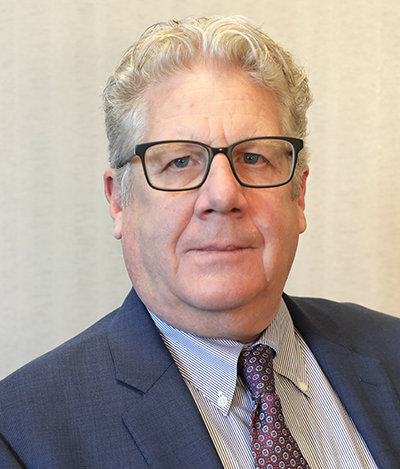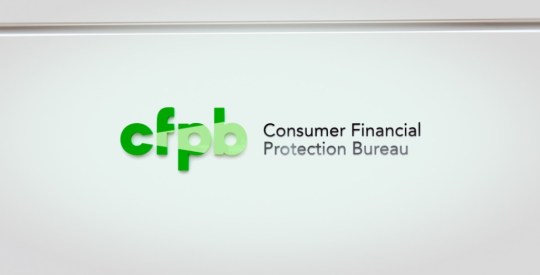At the National Reverse Mortgage Lenders Association (NRMLA) Eastern Regional Meeting in May, Acting Ginnie Mae President Sam Valverde said that the government-owned company planned to release a term sheet for a newly proposed Home Equity Conversion Mortgage (HECM)-backed Securities (HMBS) program sometime in the next month.
After the industry’s secondary market was rocked by the collapse of Reverse Mortgage Funding (RMF) in 2022, Ginnie Mae went to work in an effort to bring more stability to the reverse mortgage program by engaging directly with the industry. The result was a January 2024 announcement of the program, referred to as “HMBS 2.0.”
To get a better understanding of how NRMLA views the potential implications, HousingWire’s Reverse Mortgage Daily (RMD) sat down with NRMLA President Steve Irwin.
Optimism abounds
Immediately when asked about the mood at the association, Irwin said that “there is industry optimism around the recent request for comment on the proposed term sheet out of Ginnie Mae.”
While the announcement was somewhat expected given the timeframe Valverde detailed at the association’s event, that expectation did not mitigate the welcoming feeling that Irwin and others at NRMLA felt once the term sheet was released, he said.

“We were expecting it. Acting Ginnie Mae President Sam Valverde had indicated that in June they were hoping to publish something for public comment, and we are delighted that it’s now out in the marketplace,” Irwin said. “We are actively reviewing it. We’re gathering our HMBS Issuers Committee here at NRMLA in the next couple of days to step through it and develop any comments that may be required.”
As for the content of those comments, Irwin said first and foremost will be an expression of gratitude.
“We know how limited their resources are at Ginnie Mae, and I think this speaks volumes to their dedication to the mission of the HECM program and its importance, not only to HUD but to Ginnie Mae as well.”
Ginnie Mae has detailed multiple times over the past couple of years that its resources have been strained by its assumption of the former RMF servicing portfolio, which remains one of the largest HMBS portfolios in the program despite Ginnie Mae itself not issuing any pools from it. The detail intensity of the HMBS program has required Ginnie to bolster its staffing to handle the portfolio and to request additional funds from Congress in the next fiscal year.
But overall, the industry has welcomed this development, and NRMLA’s HUD Issues Committee will develop more robust comments once it has time to adequately digest the full implications of the term sheet, Irwin explained.
Some surprises, collaboration
When asked about whether or not the term sheet as released contained any surprises, Irwin said that it did but did not want to jump the gun on comments the association plans to submit directly to Ginnie Mae. But any presence of an unexpected provision did little to dampen the generally positive response that NRMLA had to the release of the term sheet.
When asked about how the association’s members will come together to draft comments on Ginnie Mae’s proposals, Irwin emphasized the way NRMLA can bring reverse mortgage companies from across the industry together at the table to hash out any perspectives and potential differences they may have.
“As with any of our committee processes, there is deliberation, collaboration and discussion among competitors, which is exciting and interesting to witness,” Irwin said. “Getting consensus on issues and sticking points is generally easy, as they tend to be similar across market participants.”
Irwin explained that most committee members generally have an eye for the furtherance of the industry and do not tend to linger on points of disagreement for too long.
“One aspect of our committee structure is that consensus is gained quickly and fairly easily,” he said. “Typically, reactions, responses, compiled comments, and submissions are done for the greater good, rather than from an individual corporate perspective. All of our committee members understand that the work we do as an association is focused on the greater good industry-wide and for the senior homeowners our members serve.”
A focus on the mission
When asked about debating proposed HECM or HMBS policy in an election year — and considering the possibility that different decision-makers will be in the driver’s seat in the next several months — Irwin said that at the end of the day, there is more bipartisan consensus on housing issues than some may realize.
“I had the opportunity to attend a celebration at the FHA marking 90 years of the [agency],” Irwin said. “Part of that celebration included a panel discussion with various former FHA commissioners and the current FHA commissioner. One of the most telling points from the discussion, echoed by commissioners from different administrations and party affiliations, was that housing issues run deep.”
While there is some additional attention on housing matters from some in the federal government and by voters this election cycle, people from different political persuasions still tended to agree with the necessity for addressing housing issues, Irwin said.
“One former commissioner emphasized that housing issues are not a partisan matter. The HECM program has remained an important initiative across administrations, and regardless of what happens in November, I am optimistic that it will continue to be significant.”





